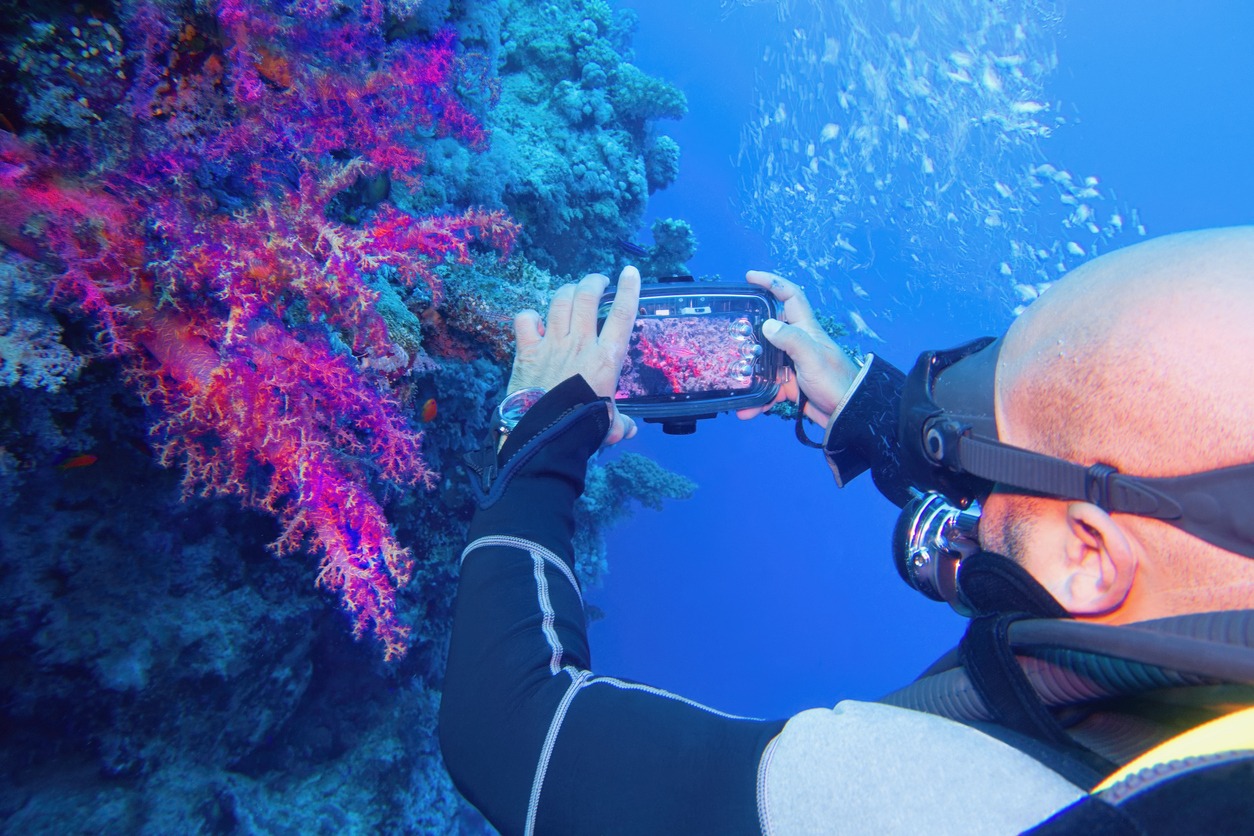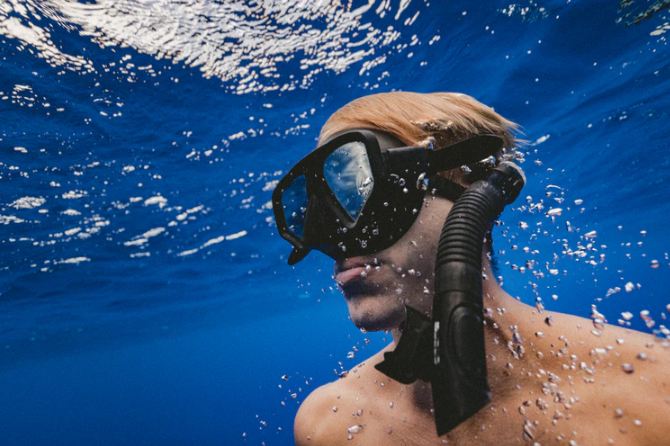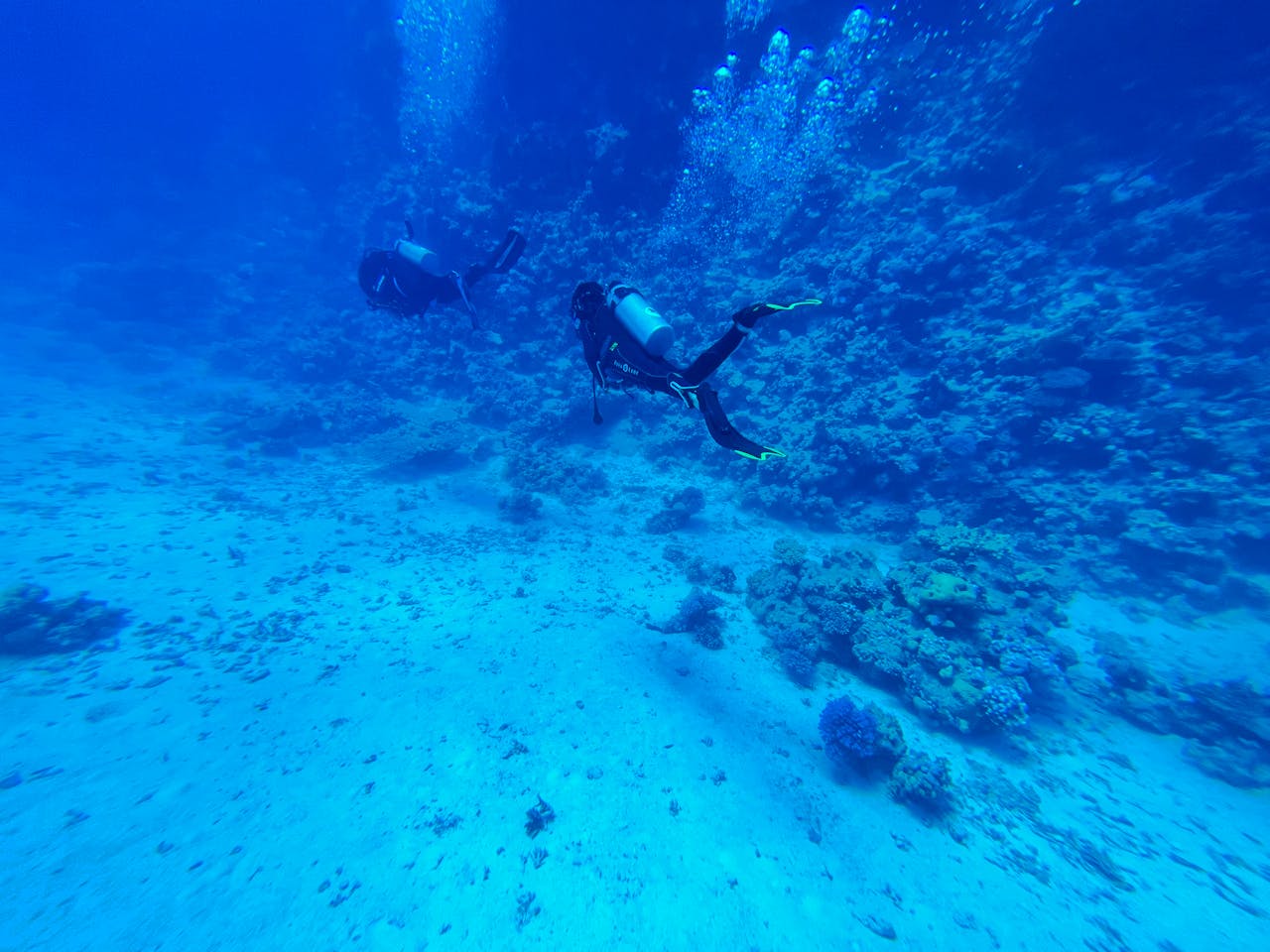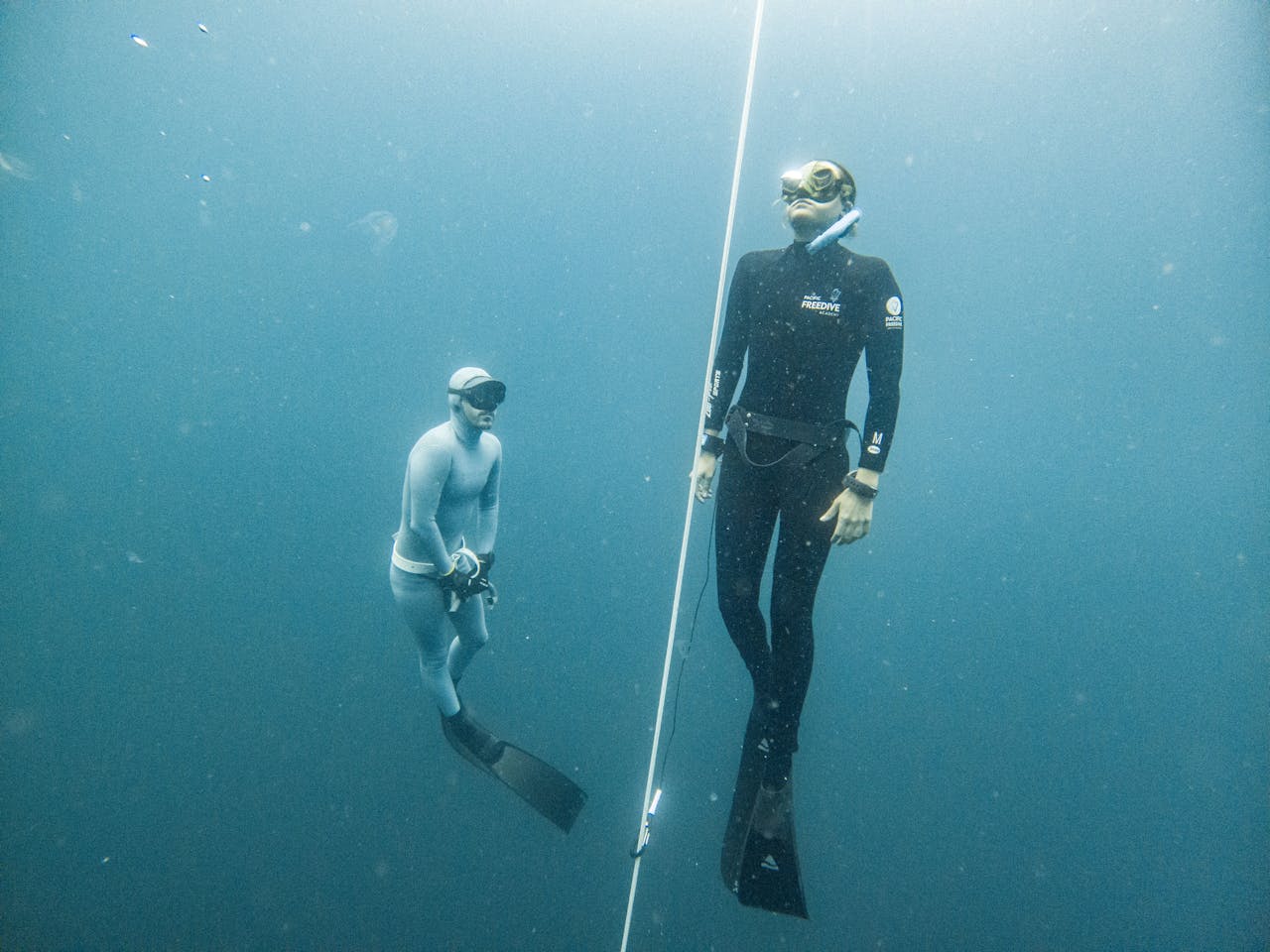Snorkeling Along the West Coast: Top Sites and Tips
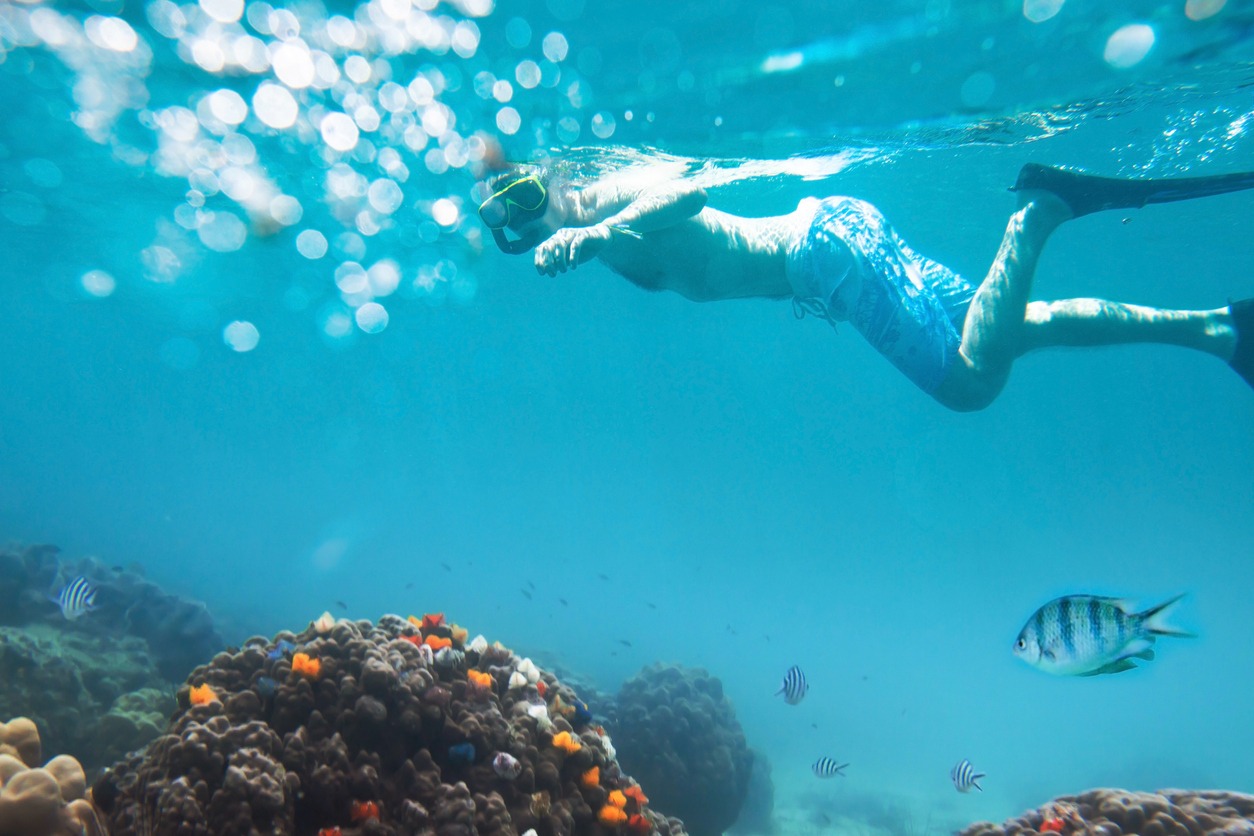
The West Coast offers exceptional snorkeling experiences, with top destinations like La Jolla Cove, Channel Islands, and Catalina Island. You'll need essential gear including a well-fitting mask, fins, and snorkel, plus a wetsuit for chilly waters. Summer provides the best conditions, but spring and fall can be great too. Always prioritize safety by wearing a life jacket and checking weather conditions. You'll encounter diverse marine life, from playful sea lions to colorful fish and even sea turtles. With proper preparation and knowledge of local ecosystems, you're set for an unforgettable underwater plunge along the West Coast.
Top Snorkeling Destinations
The West Coast offers a repository of underwater wonders for snorkeling enthusiasts. If you're looking for top-tier snorkeling destinations, La Jolla Cove in San Diego should be at the pinnacle of your list. Its clear waters teem with vibrant fish, and you'll often spot playful sea lions frolicking nearby. Don't forget to explore the fascinating sea caves that dot the coastline. For a more adventurous experience, head to the Channel Islands off California's coast. These protected waters boast diverse marine life and expansive kelp forests, providing a unique underwater landscape. Catalina Island, another gem in the region, offers excellent visibility and a chance to swim alongside lively fish species.
When planning your snorkeling trip, ensure you've got the right snorkeling gear. A well-fitting mask, snorkel, and fins are essential for a comfortable and enjoyable experience. Consider renting equipment if you're new to the activity or traveling light. Remember to check local conditions and tide schedules before venturing out, as these can significantly impact your snorkeling experience along the West Coast.
Essential Gear and Equipment
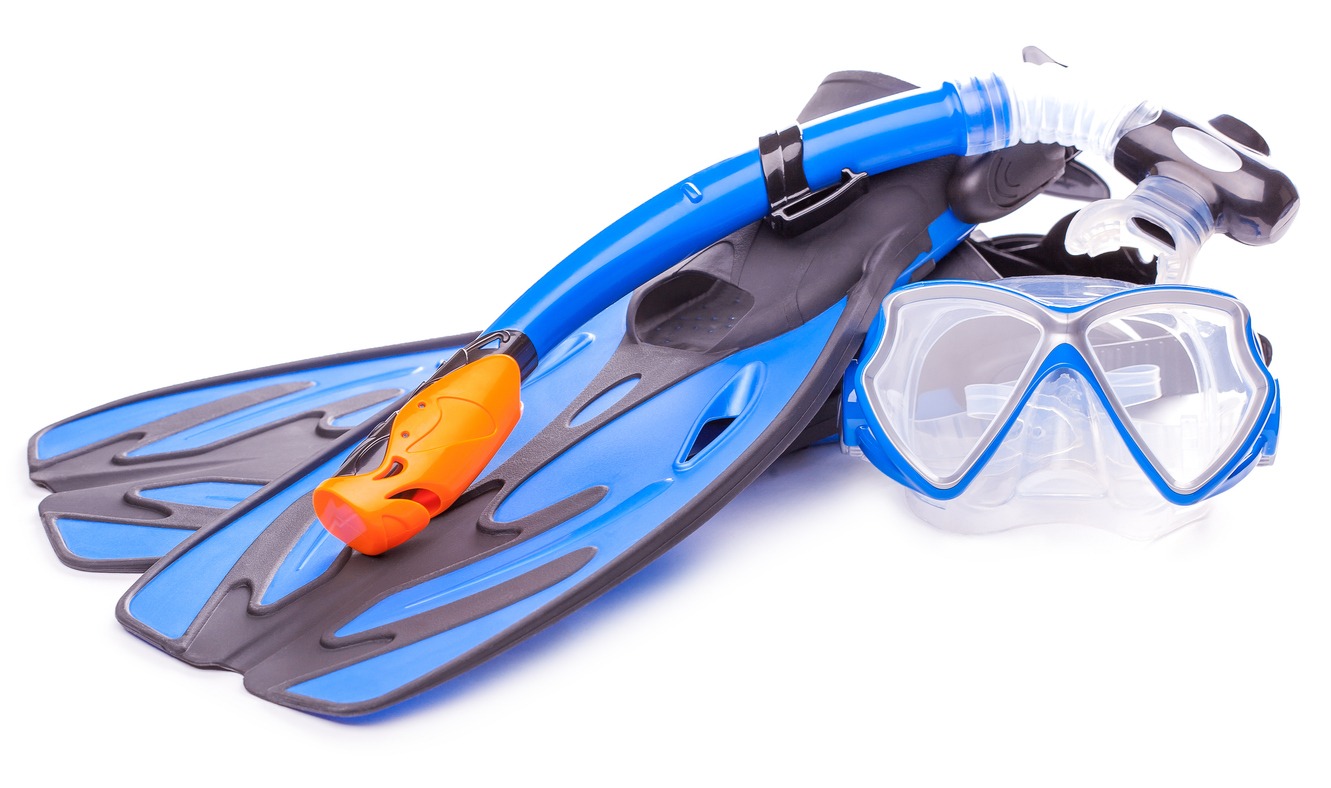
Having the right gear can make or break your West Coast snorkeling expedition. Your essential snorkel gear should include a well-fitting mask, fins, and a snorkel. Opt for a full-face snorkel mask if you're new to the activity, as it's easier to breathe and offers a wider field of vision. Don't forget a wetsuit, as water temperatures along the West Coast can be chilly, even in shallow waters.
For underwater exploration, invest in a waterproof camera to capture the lively sea life you'll encounter. A timepiece is useful for tracking your time in the water, especially when exploring an artificial reef or Snorkel Park. Additionally, consider bringing a dry snorkel to prevent water entry and enhance your snorkeling experience. Bring a dry bag to keep your belongings safe while you're in the water, and pack reef-safe sunscreen to protect your skin and the marine environment.
If you're snorkeling in a protected cove or during the warmest waters of late summer, you might be comfortable with just a rash guard instead of a full wetsuit. Ultimately, consider bringing a dive flag to alert nearby boats of your presence, ensuring a safer snorkeling experience.
Best Times to Snorkel
Most West Coast snorkeling enthusiasts agree that summer offers the best conditions for underwater exploration. The warm water temperatures and increased visibility make it an ideal time to plunge into the sea and uncover vibrant marine life. California's coast, in particular, comes alive during these months, with popular spots like La Jolla Shores attracting snorkelers eager to swim alongside leopard sharks in late summer.
While summer reigns supreme, don't discount the spring and fall shoulder seasons. These periods often provide excellent visibility and abundant marine life without the summer crowds. If you're planning a trip to colder regions like Alaska, focus on the brief summer window from June to August when waters are most comfortable, though you'll still need a wetsuit.
For year-round snorkeling opportunities, head to tropical destinations like Hawaii or Baja California Sur. Winter months can offer slightly less crowded conditions in these areas. Regardless of when or where you choose to snorkel, always check local tides, currents, and weather patterns before your excursion to guarantee a safe and enjoyable experience in the water.
Safety Precautions
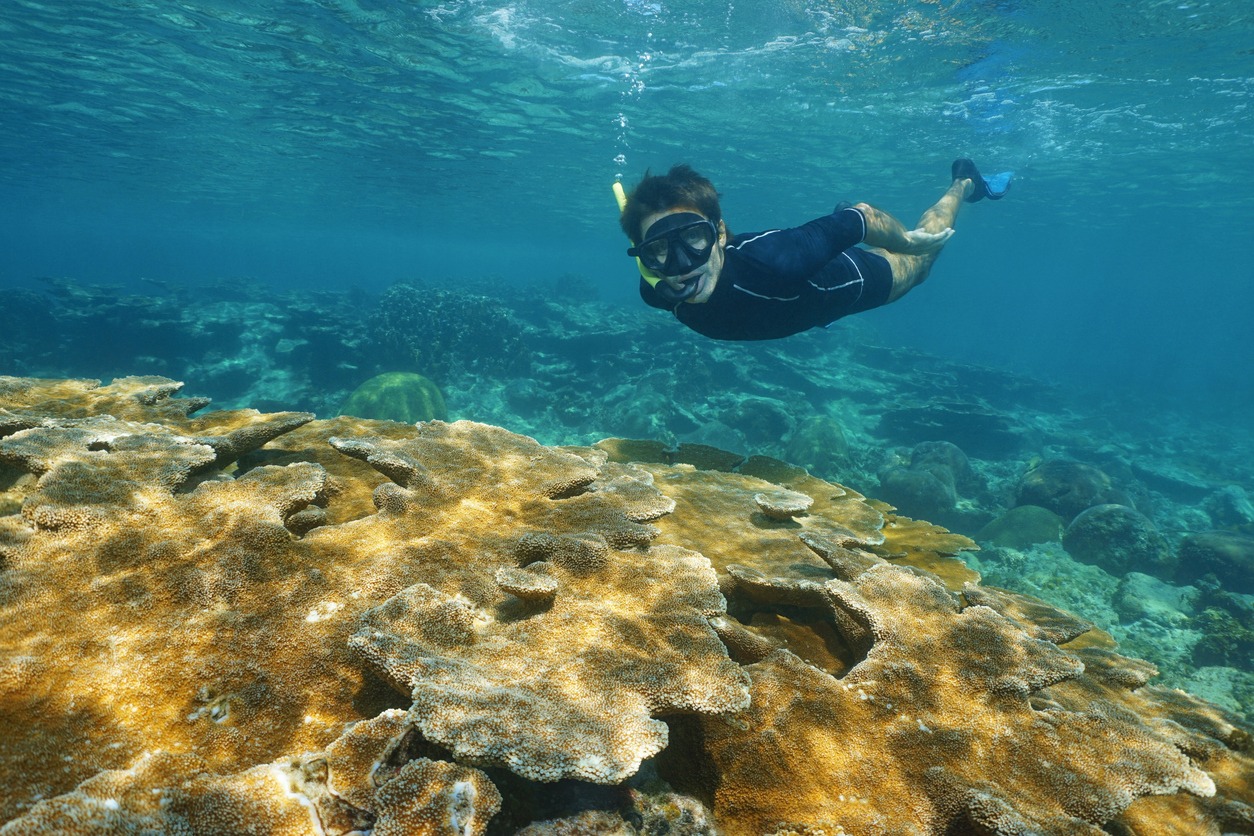
Five essential safety precautions should be at the forefront of every snorkeler's mind when navigating the West Coast's underwater wonders. First and foremost, always wear a life jacket or buoyancy device. This will help you stay afloat and conserve energy, allowing you to enjoy your snorkeling experience without fatigue.
Before venturing out, check the weather and ocean conditions. Strong currents and waves can quickly turn a pleasant outing into a dangerous situation. Familiarize yourself with local marine life and resist the urge to touch or disturb the delicate ecosystems you'll encounter.
Don't forget to bring a flag to alert boaters of your presence in the water. This simple precaution can prevent accidents and guarantee your safety while snorkeling.
Lastly, assess your swimming ability and comfort level with snorkeling techniques. If you're not a strong swimmer or are new to snorkeling, stick to shallower, calmer areas until you've gained more experience. As you become more confident, you can gradually investigate deeper or more challenging sites along the West Coast.
Marine Life Encounters
The West Coast's underwater expanse teems with diverse marine life, offering snorkelers unforgettable encounters. At Divers Cove in Laguna Beach, you'll spot purple sea urchins, starfish, garibaldi, and even elusive octopuses. Journey to La Jolla Cove in San Diego, where you can swim alongside graceful sea turtles and leopard sharks, especially from June to December.
For a vibrant display of marine life, head to Casino Point Dive Park on Catalina Island. Here, you'll be surrounded by colorful senorita fish, opaleye, kelpfish, and the iconic bright orange garibaldi. If you're seeking larger marine mammals, Lovers Point in Monterey Bay is the place to go. You might encounter playful sea otters, harbor seals, and even humpback whales.
Don't miss Refugio State Beach in Santa Barbara, where you can observe starfish, sponges, and anemones in their natural habitat. Keep an eye out for sea hares, halibut, and sheepshead as well. Each of these locations offers unique opportunities to witness the West Coast's rich underwater ecosystems, making your snorkeling journey truly memorable.

